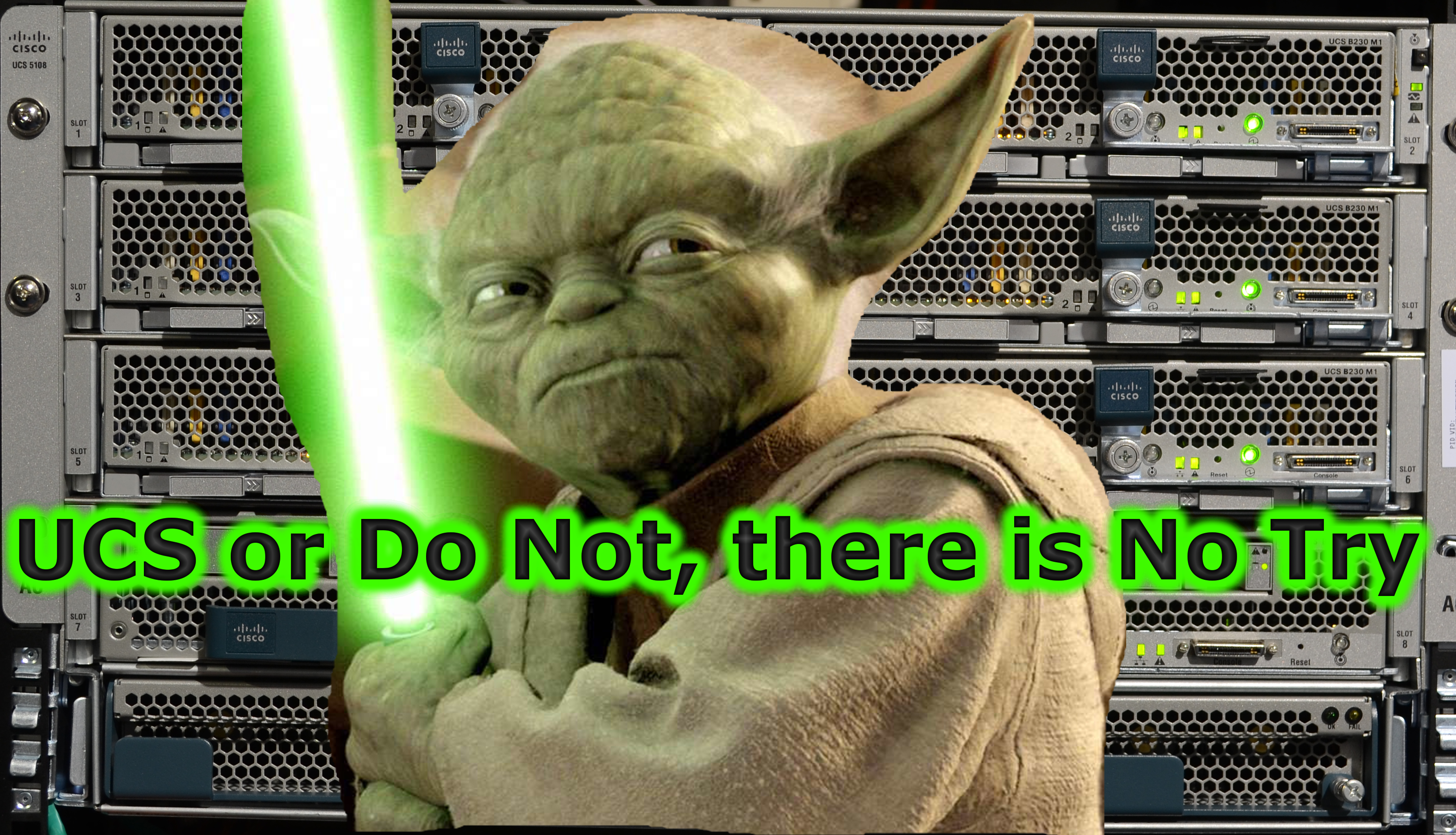I’ve written extensively about the performance and economic advantages of Cisco UCS servers. Just last year they claimed seven new world-record benchmarks, showcasing ongoing innovation in online analytic processing, Java enterprise middleware, and raw CPU performance.
But benchmark tests are conducted in a lab under carefully controlled conditions. What truly matters is how well the servers perform in the real world and how capable they are in supporting multifaceted – and continually changing – business needs.
Geographic Solutions provides a timely example. Serving state and local workforce agencies, the 345-person company has distributed a whopping $38 billion in pandemic-related unemployment compensation this year. And they did it on the proverbial shoulders of Cisco UCS servers.
While the volume of claims processed and amount of money disseminated are nothing short of historic, the technological underpinnings that made them possible are equally impressive.
To stand up new state unemployment systems and deal with unprecedented levels of traffic and demand (see Figure 1), Geographic Solutions deployed 19 Cisco UCS servers with 2nd Generation Intel Xeon Scalable processors and Intel Optane persistent memory (PMem). Seven of the servers are 112 core, ultra-high-performance nodes. The others are dedicated to the company’s VMware and disaster recovery environments.
To learn how Geographic Solutions accelerated server deployments by 3x and achieved sub-second response times for its SQL Server database queries, read the full case study.
Learn more
- Cisco UCS solution overview
- IDC white paper: Business Value of Cisco Compute Infrastructure for Virtualized Applications, Desktops, and Workstations
Go to Source
Author: Bill Shields
Powered by WPeMatico

